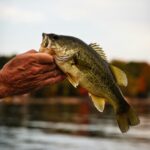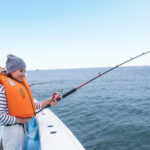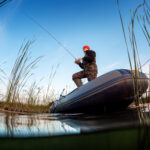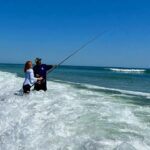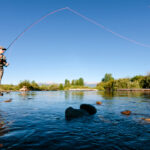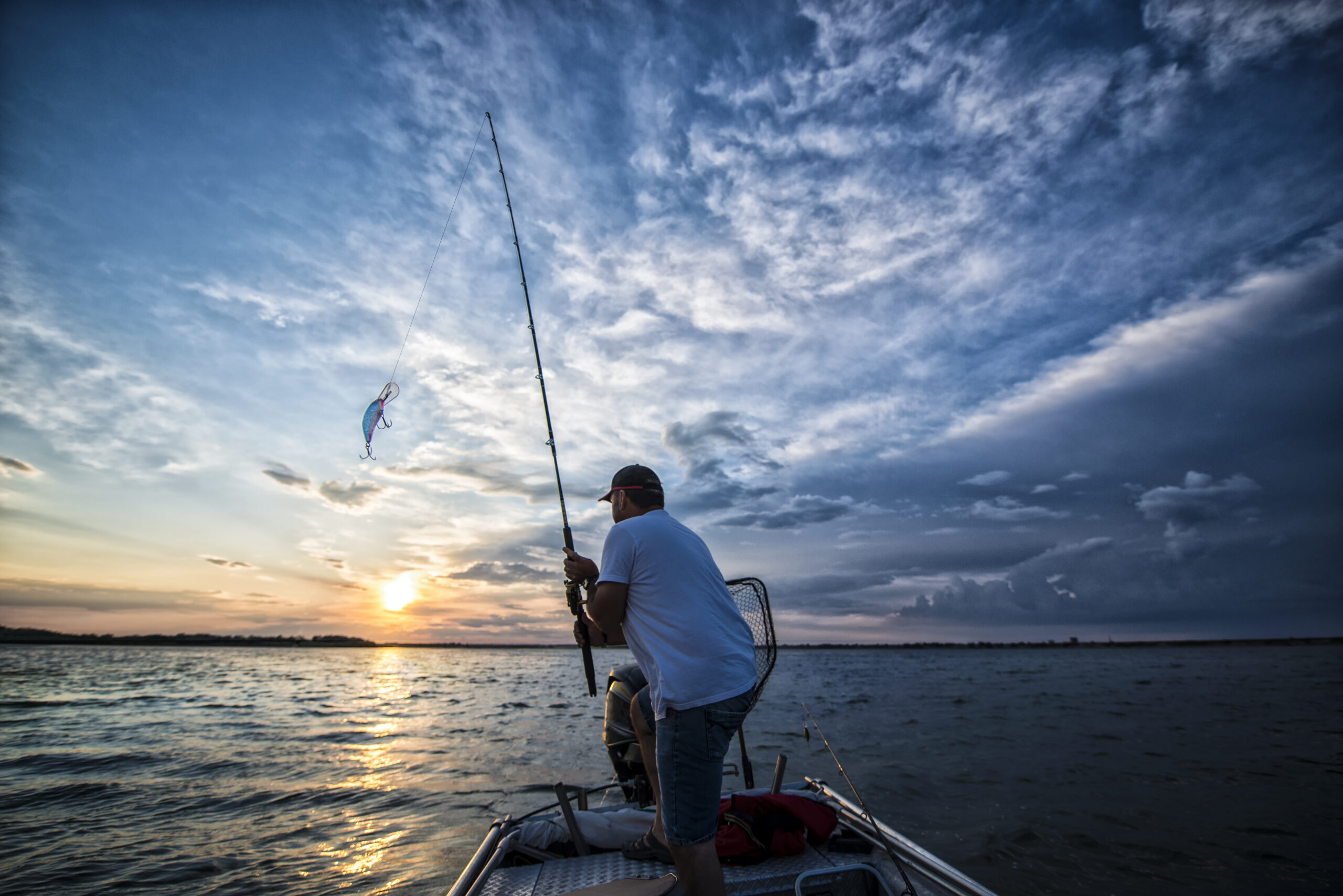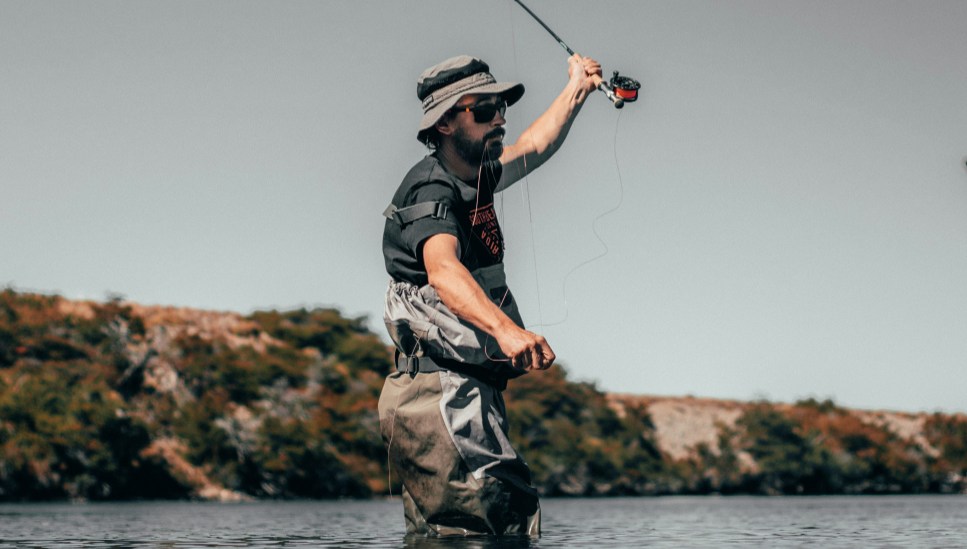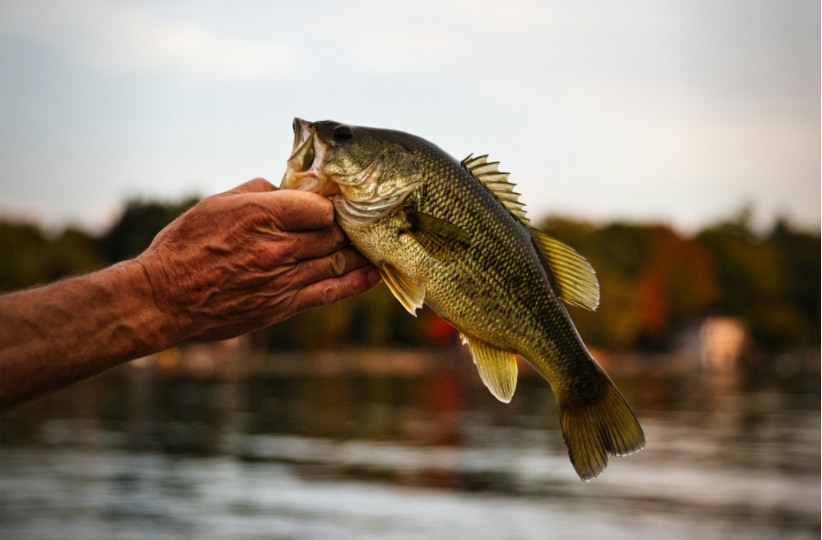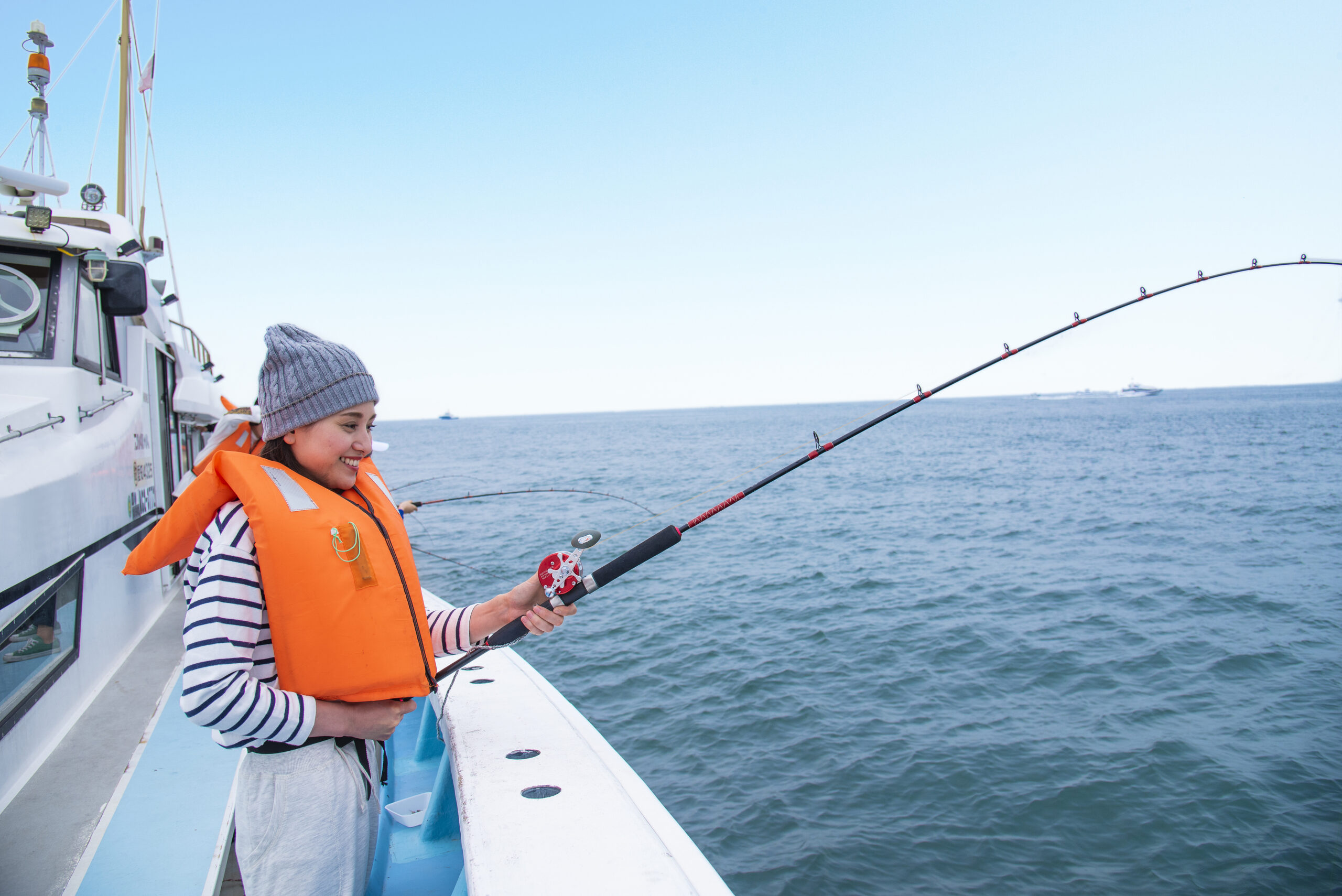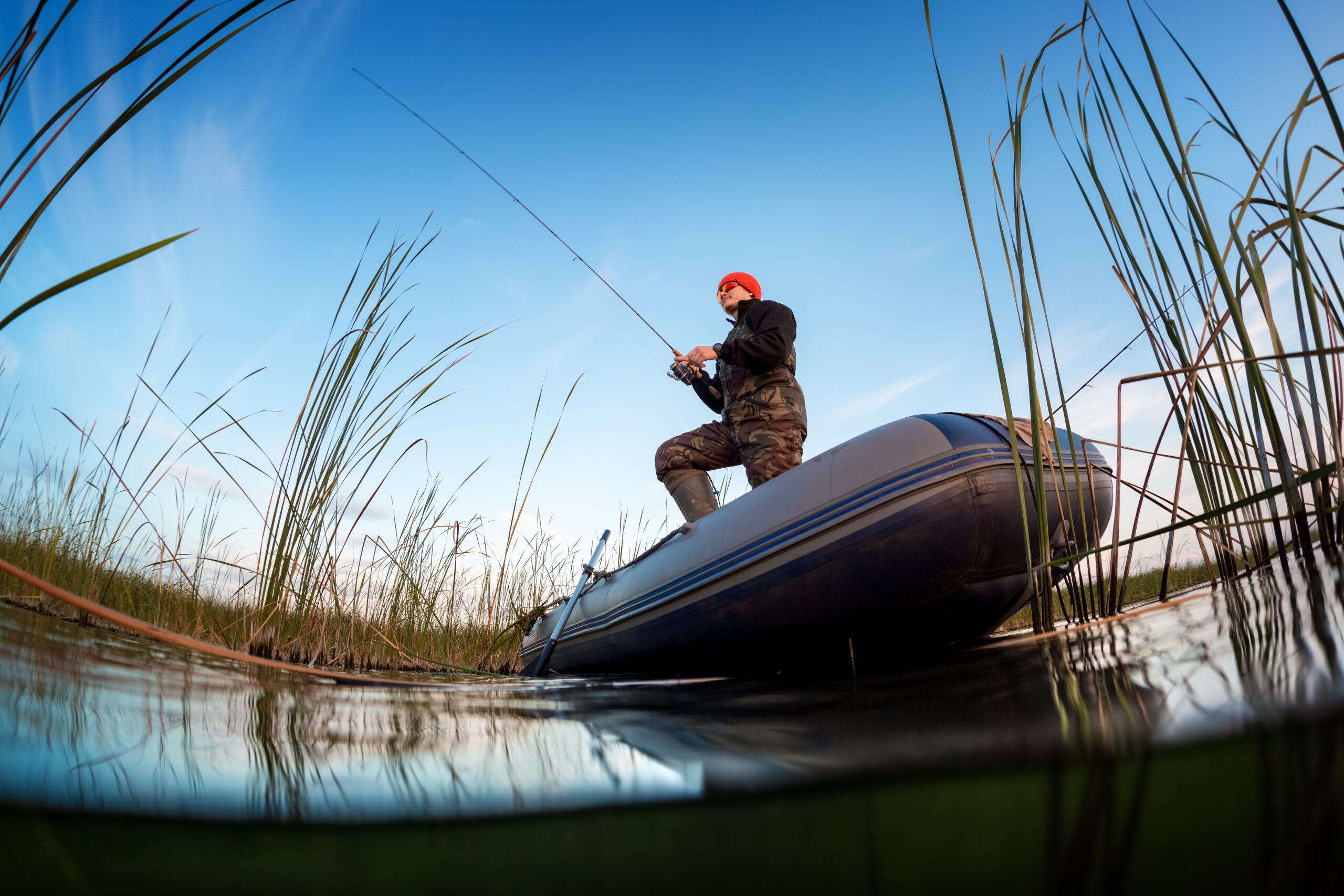Saltwater fishing offers anglers the thrill of catching a wide range of species, from big game fish like tuna and marlin to popular targets like snapper and grouper. One of the most important factors influencing the success of a saltwater fishing trip is choosing the right bait. The type of bait you use can make all the difference between a productive day on the water and a frustrating one.
Whether you are a seasoned angler or just starting to explore the world of saltwater fishing, selecting the right bait is essential. This comprehensive guide will walk you through the different types of saltwater fishing bait, their ideal applications, and tips to ensure your bait selection aligns with your target species.
Types of Bait for Saltwater Fishing
Saltwater fishing bait falls into two main categories: live bait and artificial bait. Both types have their advantages and are used in different situations. Understanding when and why to use each type can significantly increase your chances of success.
1. Live Bait: The Natural Choice
Live bait is often the preferred option for many saltwater anglers because it closely mimics the movement and behavior of real prey. Fish are instinctively attracted to the movement and scent of live bait, making it a powerful tool for enticing fish.
Common Types of Live Bait:
- Shrimp: Shrimp is a versatile and effective live bait, especially for bottom-feeding fish like snapper, grouper, and flounder. It’s also popular for targeting species like redfish and sea trout. You can use shrimp both in shallow waters and deeper areas, making it a go-to for many saltwater anglers.
- Minnows (Finger Mullet): Mullet is another commonly used live bait. They’re ideal for a wide range of species, including striped bass, snook, and tarpon. Mullet schools are often found in shallow estuaries or nearshore waters, and their erratic movements make them irresistible to predatory fish.
- Squid: Squid is a top choice for predatory fish like tuna, king mackerel, and grouper. It has a strong scent that attracts fish from a distance. Squid can be used both live and as cut bait, offering versatility depending on the species you’re targeting.
- Menhaden: Often referred to as pogies, menhaden are oily fish that work well for attracting larger predatory species like bluefish, stripers, and kingfish. Menhaden’s oily texture and strong scent make it particularly effective for deep-sea fishing.
- Live Baitfish: Live baitfish like pinfish, sardines, and herring can also be highly effective for catching saltwater game fish. These small baitfish are a natural food source for many larger species, including tuna, marlin, and sailfish.
Advantages of Live Bait:
- Realistic Movement: Live bait moves naturally in the water, which can attract fish more effectively than static lures.
- Strong Scent: The scent of live bait spreads through the water, enticing fish over greater distances.
- Widely Accepted by Fish: Many fish species prefer live prey, making it a universal option for a variety of saltwater species.
Challenges with Live Bait:
- Cost: Live bait can be expensive, especially if you need to purchase it from a bait shop or rely on catching it yourself.
- Short Shelf Life: Live bait needs to be kept alive, often requiring special equipment like aerators or livewells.
- Handling: Some types of live bait can be difficult to hook, and improper handling can lead to reduced effectiveness.
2. Artificial Bait: Convenience and Versatility
Artificial baits, or lures, are designed to imitate the appearance, movement, and behavior of natural prey. These baits are available in a wide variety of shapes, sizes, colors, and materials, allowing anglers to adapt to different fishing conditions and target species.
Common Types of Artificial Bait:
- Jigs: Jigs are versatile lures that can be used for many saltwater species. They can be worked slowly along the bottom to target species like flounder and grouper or jigged vertically to catch species like amberjack and snapper. The design of the jig, combined with its erratic movement, mimics small fish, making it irresistible to predatory fish.
- Soft Plastics: Soft plastic lures, such as worms, shrimp, and minnow imitations, are popular for a wide range of saltwater species. These baits are flexible and mimic the natural movement of prey. Soft plastics can be rigged in various ways, such as on a jig head or weedless hook, allowing for versatile use in both shallow and deep water.
- Crankbaits: Crankbaits are designed to dive and imitate the swimming action of baitfish. These are especially effective for species like striped bass, tuna, and snapper. Crankbaits come in various sizes and colors, and selecting the right one depends on the depth you’re fishing and the species you’re targeting.
- Spinners and Spoons: These shiny, metal lures are designed to mimic small fish or baitfish. When retrieved, they create a flash that can attract fish from a distance. Spinners and spoons are especially effective for pelagic species like mackerel, bluefish, and tuna.
- Topwater Lures: Topwater lures are used for targeting fish that feed near the water’s surface, like tarpon, snook, and striped bass. These lures are designed to create noise or disturbance on the water’s surface, attracting fish to strike.
Advantages of Artificial Bait:
- Convenience: Artificial lures are easy to store and transport, and they don’t require the same level of care as live bait.
- Longevity: Most artificial baits last longer than live bait, making them more cost-effective in the long run.
- Variety of Options: There is an almost limitless selection of artificial lures, allowing anglers to choose the right one for specific conditions or species.
- Sustainability: Artificial bait is more environmentally friendly than using live bait, which requires the collection and transport of live creatures.
Challenges with Artificial Bait:
- Learning Curve: Using artificial bait effectively can take some practice. You need to understand how to retrieve the lure properly to mimic the action of real prey.
- Limited Attraction: While artificial baits can mimic the appearance of natural prey, they lack the scent of live bait, which some fish find more irresistible.
How to Choose the Right Bait for Saltwater Fishing
The key to choosing the right bait is understanding the species you’re targeting and the fishing conditions you’ll encounter. Here are a few tips to help you make the best selection:
- Know Your Target Species: Different fish species have different feeding habits. For example, predatory fish like tuna and marlin are attracted to live baitfish, while bottom feeders like grouper and flounder may be more responsive to shrimp or squid.
- Consider the Season: The type of bait you choose may vary depending on the time of year. During the warmer months, fish tend to be more active, and you may want to use live bait to increase your chances of a strike. In the colder months, artificial lures that mimic slower-moving prey may be more effective.
- Match the Hatch: Pay attention to what baitfish are abundant in the area where you’re fishing. If you can match the bait you’re using with the species currently found in the water, your chances of success increase dramatically.
- Experiment: If you’re not sure which bait to use, don’t be afraid to experiment. Many seasoned anglers keep a variety of bait on hand, switching between live and artificial options depending on the fish’s response.
Conclusion
Choosing the right bait is one of the most important factors that will influence the success of your saltwater fishing adventure. Whether you opt for the natural appeal of live bait or the convenience and versatility of artificial lures, understanding your target species, fishing conditions, and the behavior of fish will guide you in making the best choice. With the right bait in hand, you’ll be well on your way to a productive and rewarding day on the water. Happy fishing!


